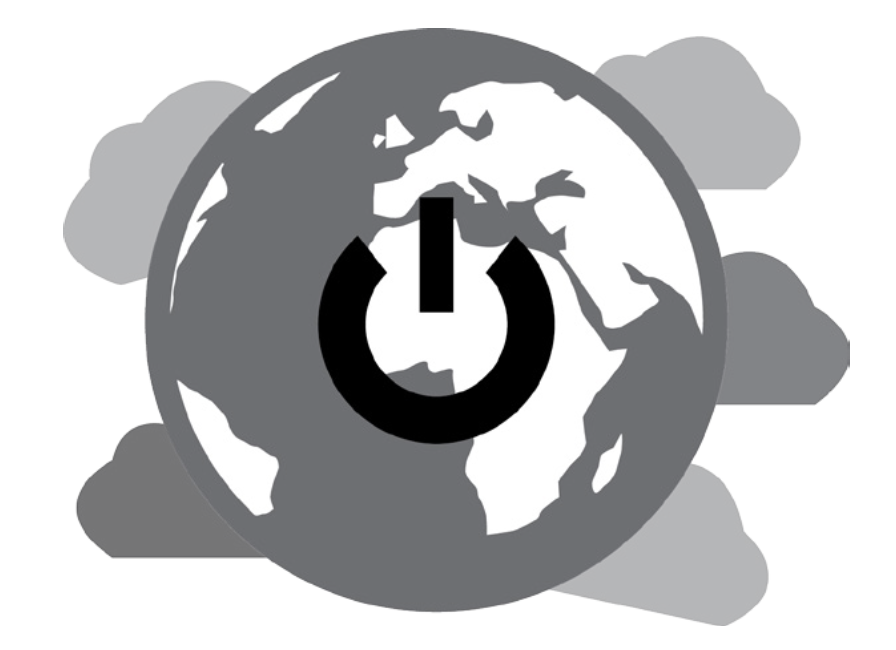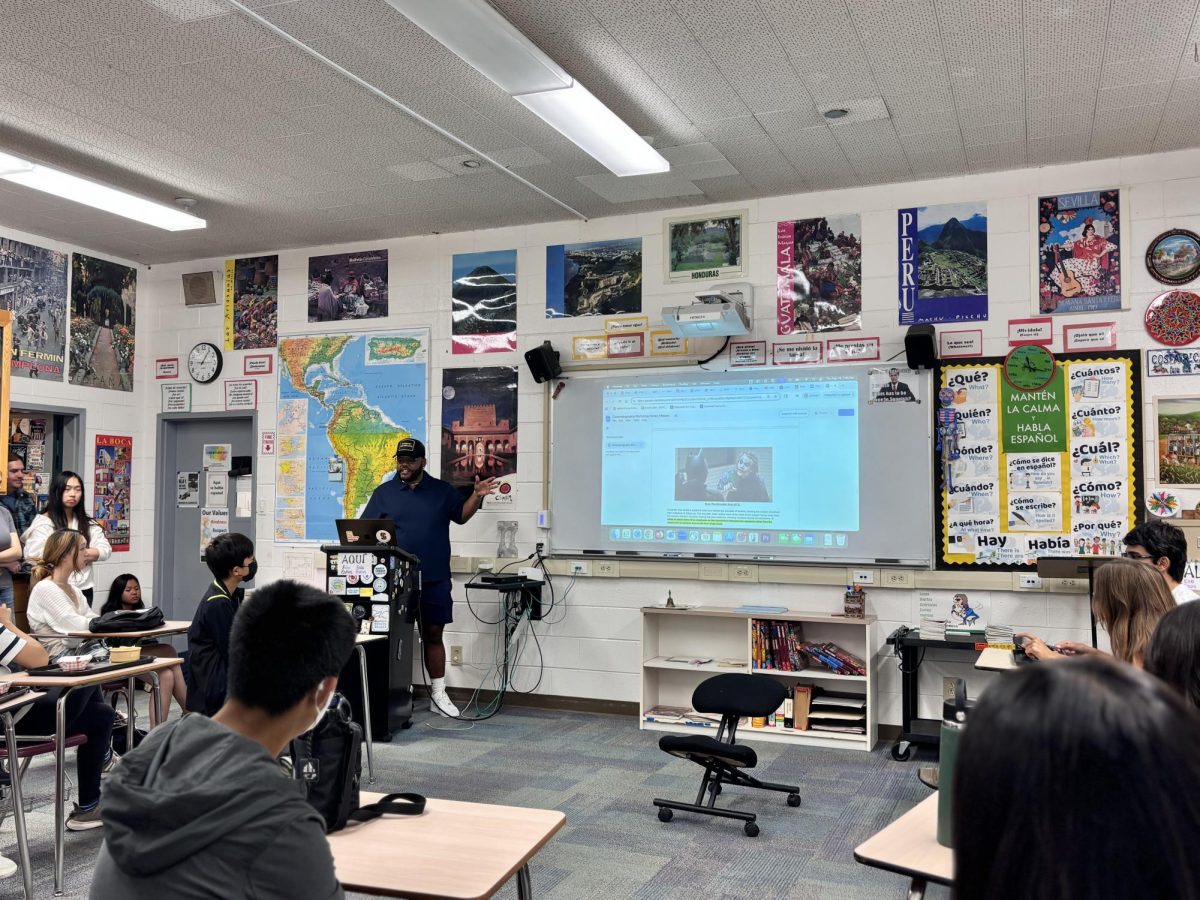Global Reset: Day Zero
March 12, 2018
Over three quarters of Cape Town, South Africa’s nearly 4 million residents will no longer be able to run water through their homes by July 9th. This day, dubbed Cape Town’s “Day Zero,” marks the time when reservoirs will be depleted below 13.5 percent capacity.
“They could have planned five to ten years earlier and anticipated that they would need to begin developing alternative water supply in order to ensure that there would be a long term adequate sustainable source of potable water,” Water Reuse Executive Director Pat Sinicrpoi said.” Technology for water recycling could certainly have aided them in their predicament had they have had the foresight to anticipate and plan properly for this eventuality.”
Under the “Critical Water Shortages Disaster Plan” system, residents will have to retrieve water from one of over 200 collection points scattered throughout the city. Each person will be apportioned 25 liters of water per day. This is half of Cape Town’s current water usage limit. The plan also imposes limitations on business and agricultural water usage. In response, private industries are providing water to citizens to circumvent this legislation.
“Water is not treated as something we all need, but is treated as something that can be bought and sold. Therefore, it’s exploited and made more exclusive, so there’s no reason to protect the people who are really at risk of these drought type situations because they aren’t the kind of people who are going to be able to pay for it,” Co-President of Green Team, Satchi Thockchom (12) said.
Kacey Fang (‘15) lived with a host family while studying public health in Cape Town last year. While there, she was encouraged to take daily measures to decrease her water consumption, such as avoiding doing laundry when possible.
“Some areas are more severely impacted than others and this varies a lot based on both geographic region as well as historical inequality and socioeconomic status,” she said. “Water was so scarce, so the price of using water went up a lot, so that was definitely something that encouraged people to save water.”
The city has had to stress careful rationing of resources in the past few months, especially following a series of heat waves which struck the region, draining reservoirs at an even quicker rate than before. Prior to this, there was no organized system of tracking citizens’ water usage.
“There’s a lot of concern and worry what’s going to happen once they reach [Day Zero]. They’re working on solutions to the problem, but they’re not going to be in place by June,” Marine Biology and Food Science teacher Dr. Kate Schafer said.
Now, in order to prepare for the inevitable crisis, the city has set up emergency water stations outside the city. As dams run out of water, pumps are brought in to replenish the lakes; despite containing fresh water, the contamination of large bodies of water around the city make it nearly impossible for residents to purify and drink that water.
Cape Town’s dams are currently at 25.5 percent. Despite warnings, most residents initially neglected to reduce their water consumption, according to the Cape Town’s government website.
Though Capetonians are facing a crisis, deaths from the water shortage are unlikely. With the help of outside resources and disaster relief groups, water and other necessary supplies will be brought into the city.
The possibility of a “Day Zero” is not limited to Cape Town: in recent years, areas around the globe including Melbourne, Sao Paulo, Mexico City and California have all faced severe drought.
In 2014, California’s reservoirs were at a record 20 percent, lower than what Cape Town was when they began setting up emergency water sources. The state had not been visited by a strong El Nino storm for years, and snowpack was very weak on the mountains surrounding the region. Over 17 communities were within 100 days of running out of water, which led California Governor Jerry Brown to issue legislature that led to stricter policies for water consumption. He later imposed taxes on households which bypassed their monthly water allowance.
“I think that what they’re doing in Cape Town is building desalination plants, and that’s what’s going to have to happen in lots of parts of the world, probably here as well. Also, a lot of waste water can be reclaimed,” Dr. Schafer said. “Something that we can be doing here in California a lot better and a lot of other cities is we’ve got this amazing source of water from Hetch Hetchy near Yosemite and we use that water to flush our toilets and it’s such a weird idea that we use this pure pristine mountain water to do all of these things that we could use just any old water for.”
Desalination of seawater, wastewater reuse and diversification of water sources all could alleviate crises caused by water shortage. Particularly in California, where over 80 percent of water is used for agriculture, cutting down on consumption of meat and dairy products can drastically reduce an individual’s contribution to water shortage.
“If you look at the water usage by different sectors, you will see that usage in your home is important and you should conserve when you can, but there are other factors that play a much larger role and they account for a much larger percentage of the water,” Co-President of Green Team Anika Banga said. “Meat, especially beef needs a lot more water for its production than plant based foods do, and if you have a big garden, those generally consume a lot more water.”
This piece was originally published in the pages of The Winged Post on March 6, 2018.


















![“[Building nerf blasters] became this outlet of creativity for me that hasn't been matched by anything else. The process [of] making a build complete to your desire is such a painstakingly difficult process, but I've had to learn from [the skills needed from] soldering to proper painting. There's so many different options for everything, if you think about it, it exists. The best part is [that] if it doesn't exist, you can build it yourself," Ishaan Parate said.](https://harkeraquila.com/wp-content/uploads/2022/08/DSC_8149-900x604.jpg)




![“When I came into high school, I was ready to be a follower. But DECA was a game changer for me. It helped me overcome my fear of public speaking, and it's played such a major role in who I've become today. To be able to successfully lead a chapter of 150 students, an officer team and be one of the upperclassmen I once really admired is something I'm [really] proud of,” Anvitha Tummala ('21) said.](https://harkeraquila.com/wp-content/uploads/2021/07/Screen-Shot-2021-07-25-at-9.50.05-AM-900x594.png)







![“I think getting up in the morning and having a sense of purpose [is exciting]. I think without a certain amount of drive, life is kind of obsolete and mundane, and I think having that every single day is what makes each day unique and kind of makes life exciting,” Neymika Jain (12) said.](https://harkeraquila.com/wp-content/uploads/2017/06/Screen-Shot-2017-06-03-at-4.54.16-PM.png)








![“My slogan is ‘slow feet, don’t eat, and I’m hungry.’ You need to run fast to get where you are–you aren't going to get those championships if you aren't fast,” Angel Cervantes (12) said. “I want to do well in school on my tests and in track and win championships for my team. I live by that, [and] I can do that anywhere: in the classroom or on the field.”](https://harkeraquila.com/wp-content/uploads/2018/06/DSC5146-900x601.jpg)
![“[Volleyball has] taught me how to fall correctly, and another thing it taught is that you don’t have to be the best at something to be good at it. If you just hit the ball in a smart way, then it still scores points and you’re good at it. You could be a background player and still make a much bigger impact on the team than you would think,” Anya Gert (’20) said.](https://harkeraquila.com/wp-content/uploads/2020/06/AnnaGert_JinTuan_HoHPhotoEdited-600x900.jpeg)

![“I'm not nearly there yet, but [my confidence has] definitely been getting better since I was pretty shy and timid coming into Harker my freshman year. I know that there's a lot of people that are really confident in what they do, and I really admire them. Everyone's so driven and that has really pushed me to kind of try to find my own place in high school and be more confident,” Alyssa Huang (’20) said.](https://harkeraquila.com/wp-content/uploads/2020/06/AlyssaHuang_EmilyChen_HoHPhoto-900x749.jpeg)










